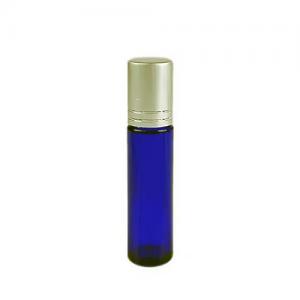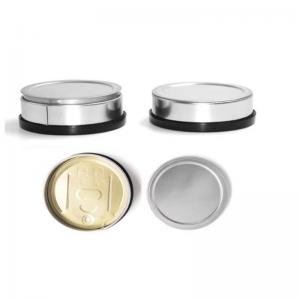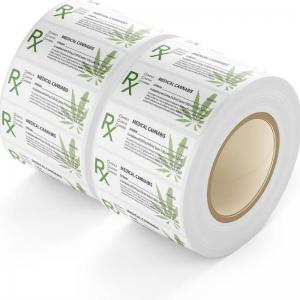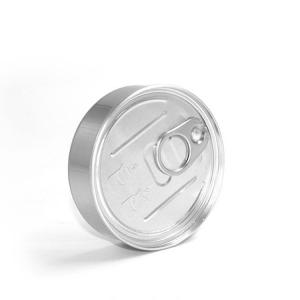
When people can finally buy weed legally in Vermont, beginning on October 1, their precious buds will arrive in glass, metal or cardboard containers — but not plastic. That's how state lawmakers wanted Vermont-grown grass to be sold, given the bad environmental rap the cannabis industry has earned in other states.
That laudable goal may nevertheless prove challenging for regulators to administer and costly for producers to meet.
Cannabis growers, manufacturers and retailers are still wrapping their heads around the numerous packaging regulations as they scramble to secure appropriate containers for their products. Some support the plastics ban, saying it will help burnish the local industry's reputation for sustainability.
And if cutting down on plastic use is the goal, making growers buy glass jars that come nestled in bubble wrap — which is not easily recyclable.
Vermont's decision to ban plastic packaging grew out of a realization that the single-use plastic jars and tubes ubiquitous in other states are both wasteful and often unnecessary
They're made from fossil fuels, and studies show that only a fraction of the plastic is recycled. Cannabis packaging is particularly challenging; due to concerns about residue, most recycling programs will not accept it.
Single-use containers became the norm in other states largely out of safety concerns, with lawmakers requiring child-resistant containers. In some cases, such as edibles that a child could ingest, the concern is valid, but in many others, such as cannabis flower, it is not.
Eating a small amount of raw cannabis doesn't pose an overdose risk. That's because THC, the psychoactive chemical in pot, is only created when cannabis is heated through a process called decarboxylation. This can be achieved through smoking, vaping or — in the case of edibles — baking the cannabis. Without it, pot is essentially inert.
That's why lawmakers allowed the Cannabis Control Board to use a lower safety standard of child-deterrent packaging for cannabis flower. This standard — the first in the nation — is defined as "tear-resistant packaging that can be sealed in a manner that would deter a child under five years of age from easily accessing the contents of the package within a reasonable time and not difficult for adults to use properly."
Edibles still must be sold in the more difficult-to-open, child-resistant packaging.


 English
English français
français Deutsch
Deutsch русский
русский italiano
italiano español
español português
português Nederlands
Nederlands 日本語
日本語 한국의
한국의











 2022-11-21
2022-11-21

 Online service
Online service +86 15375471059
+86 15375471059

